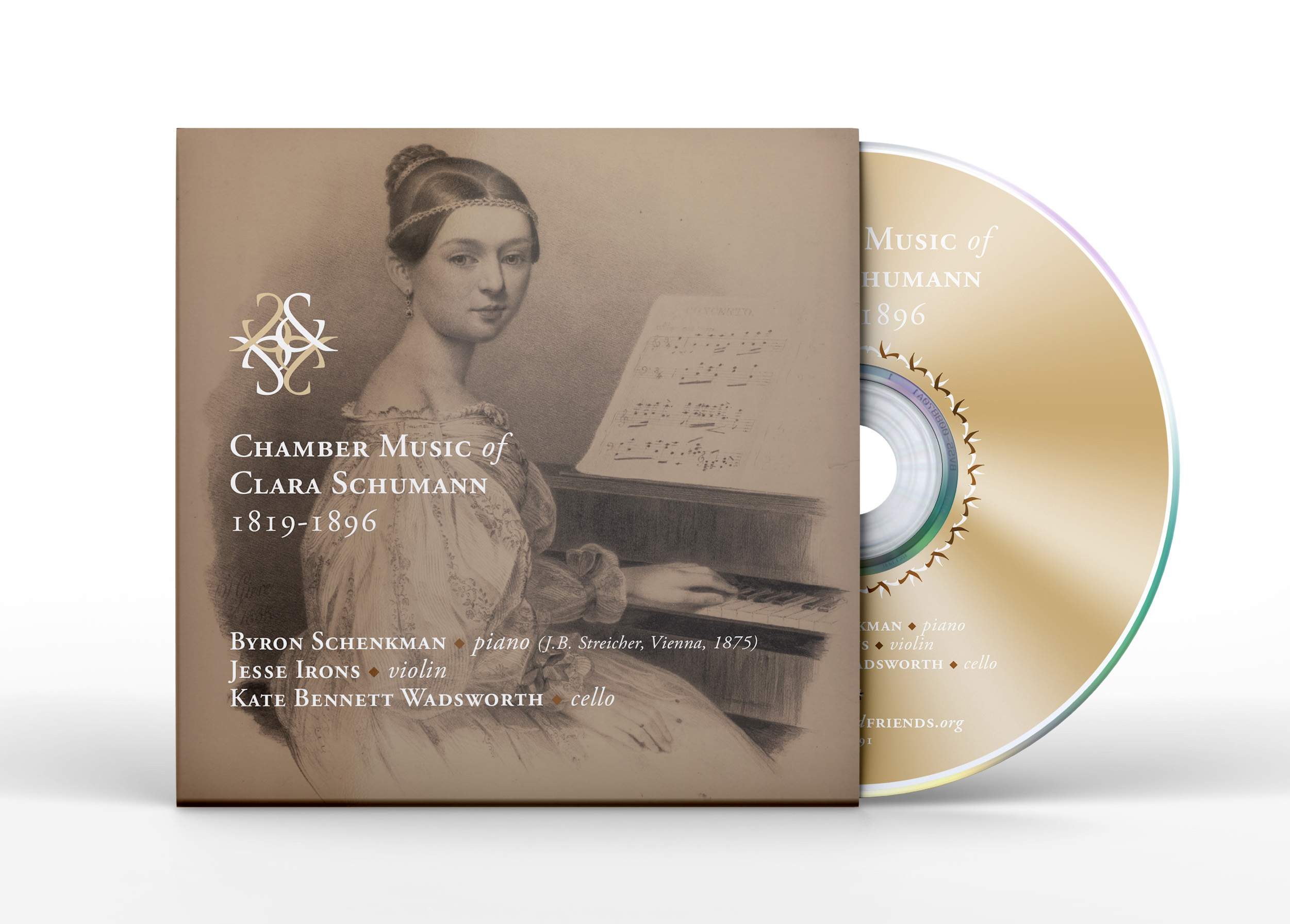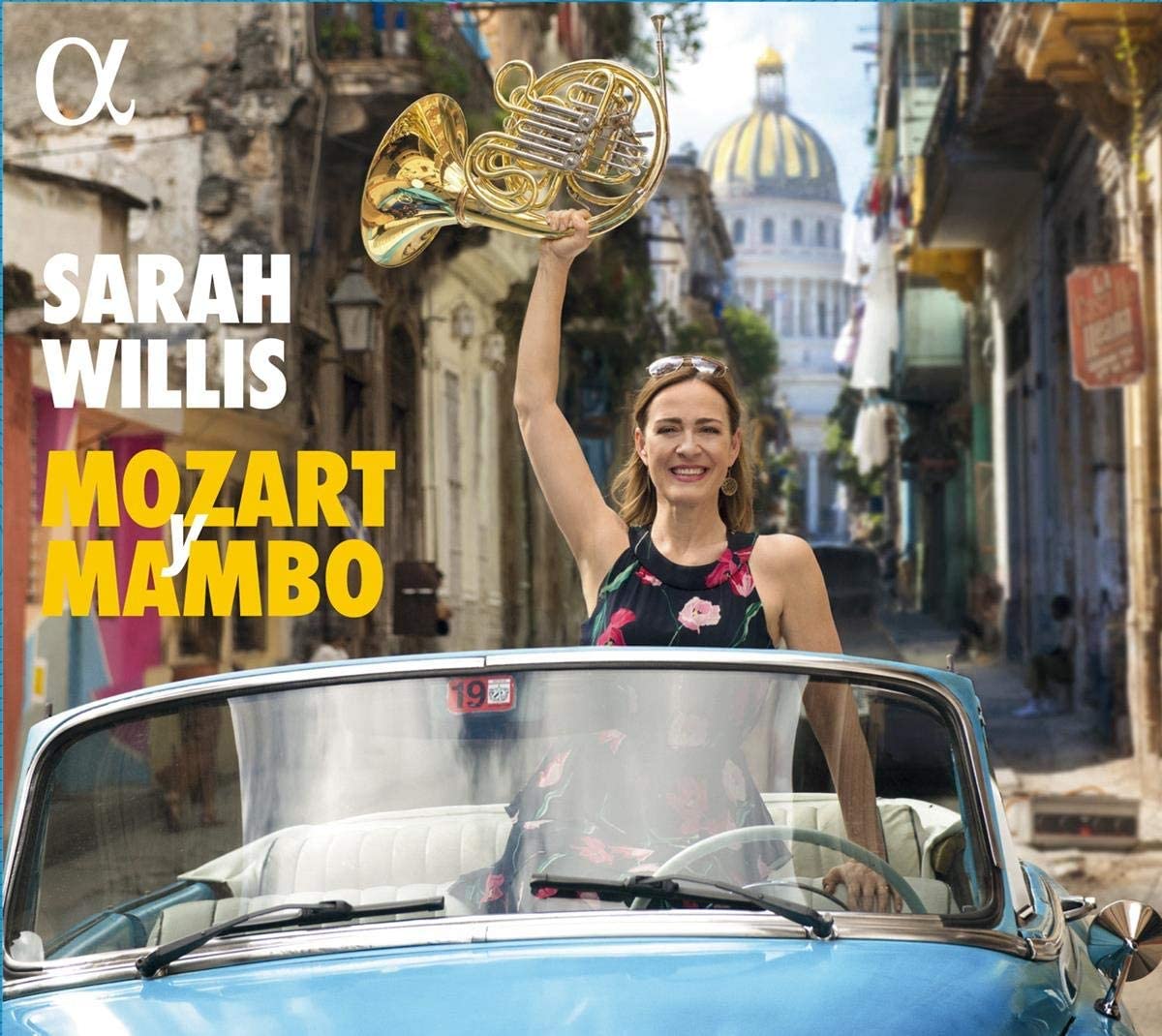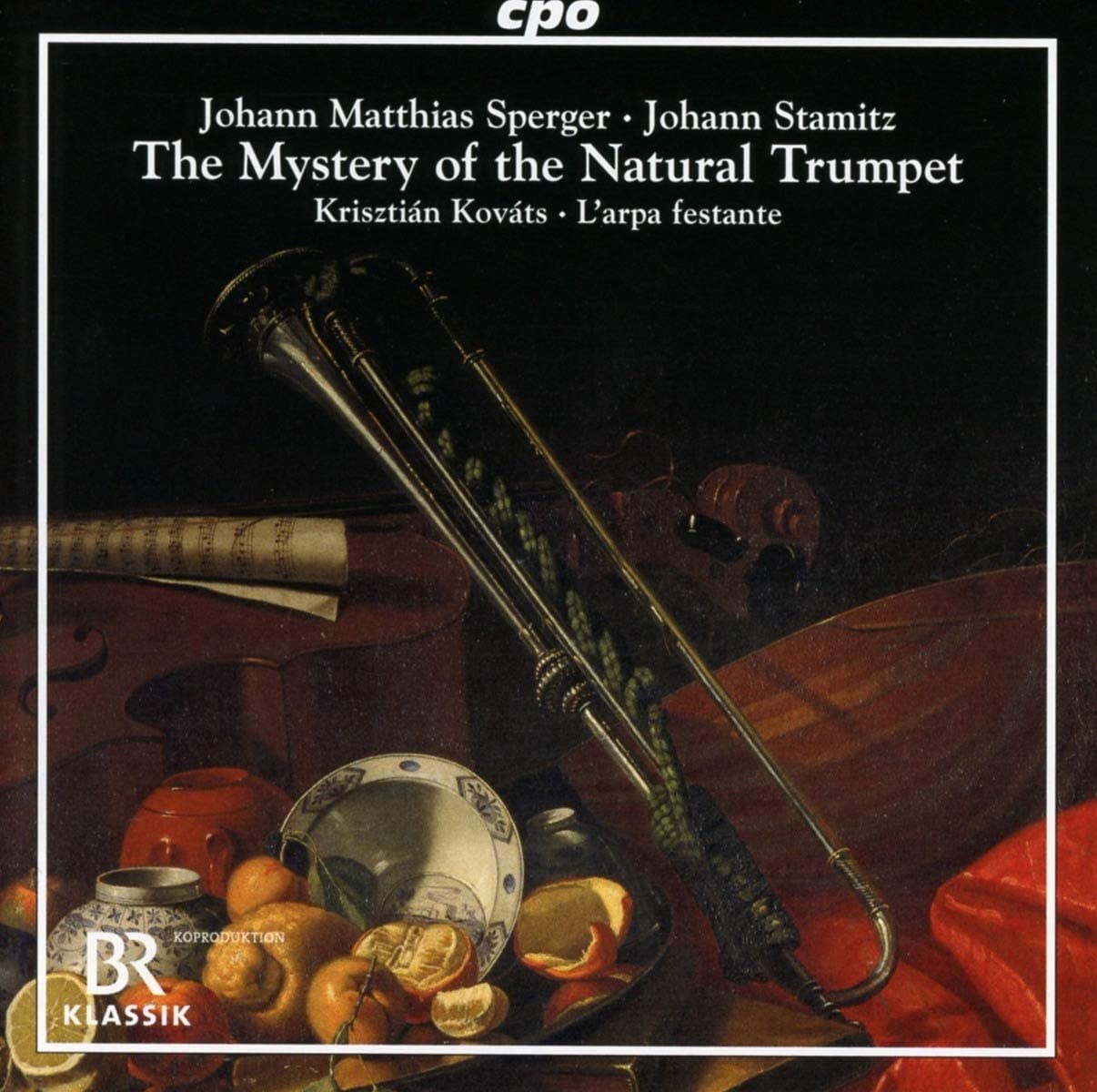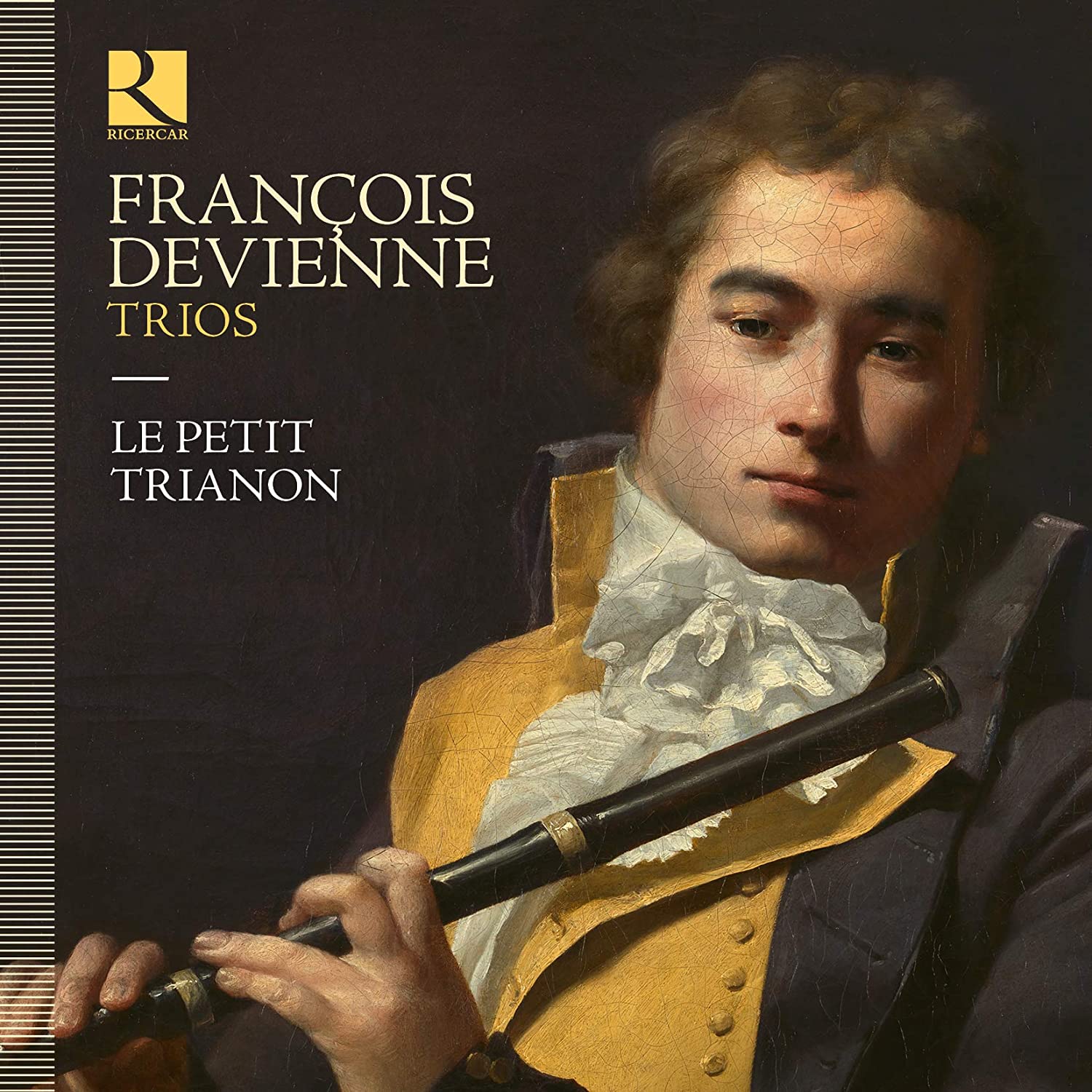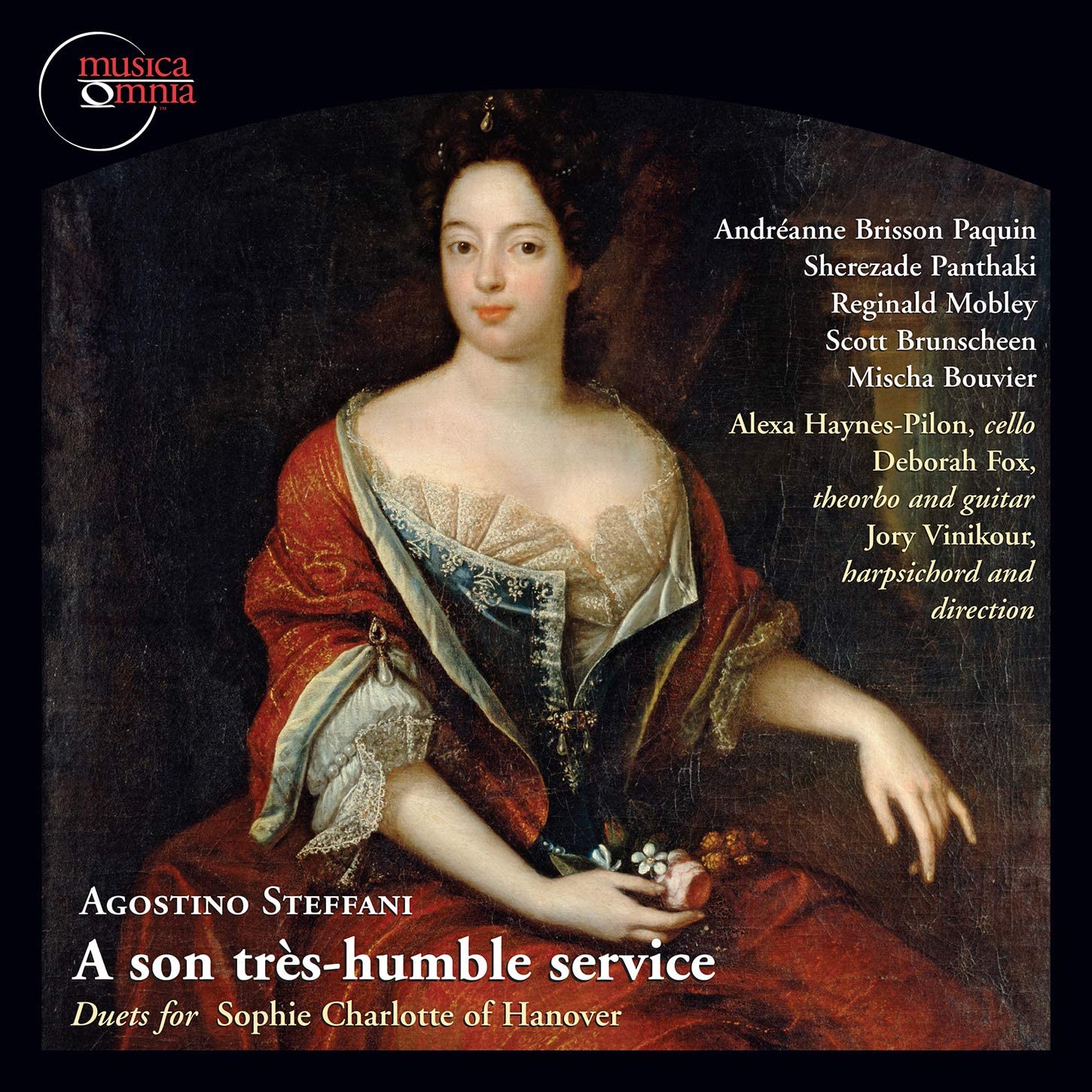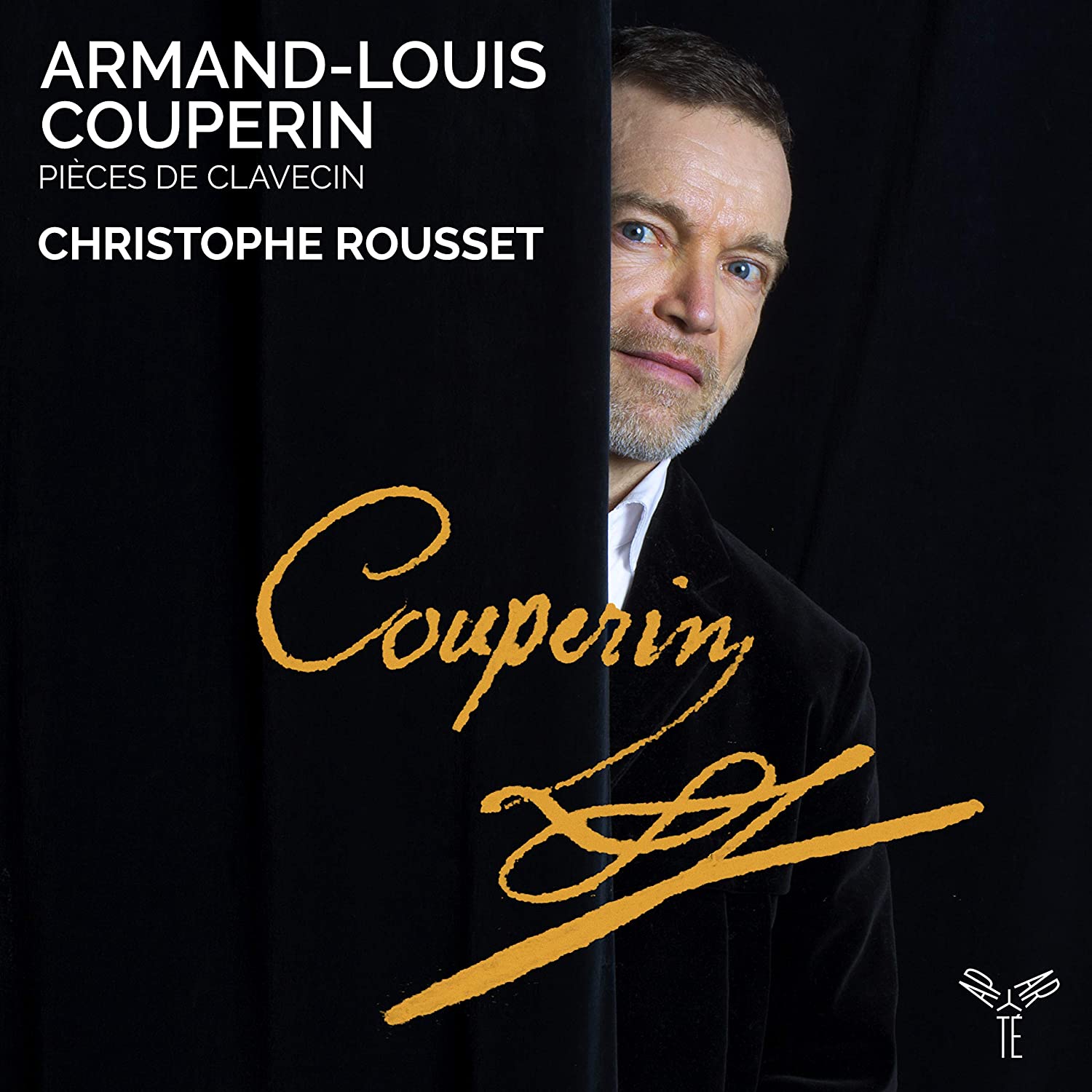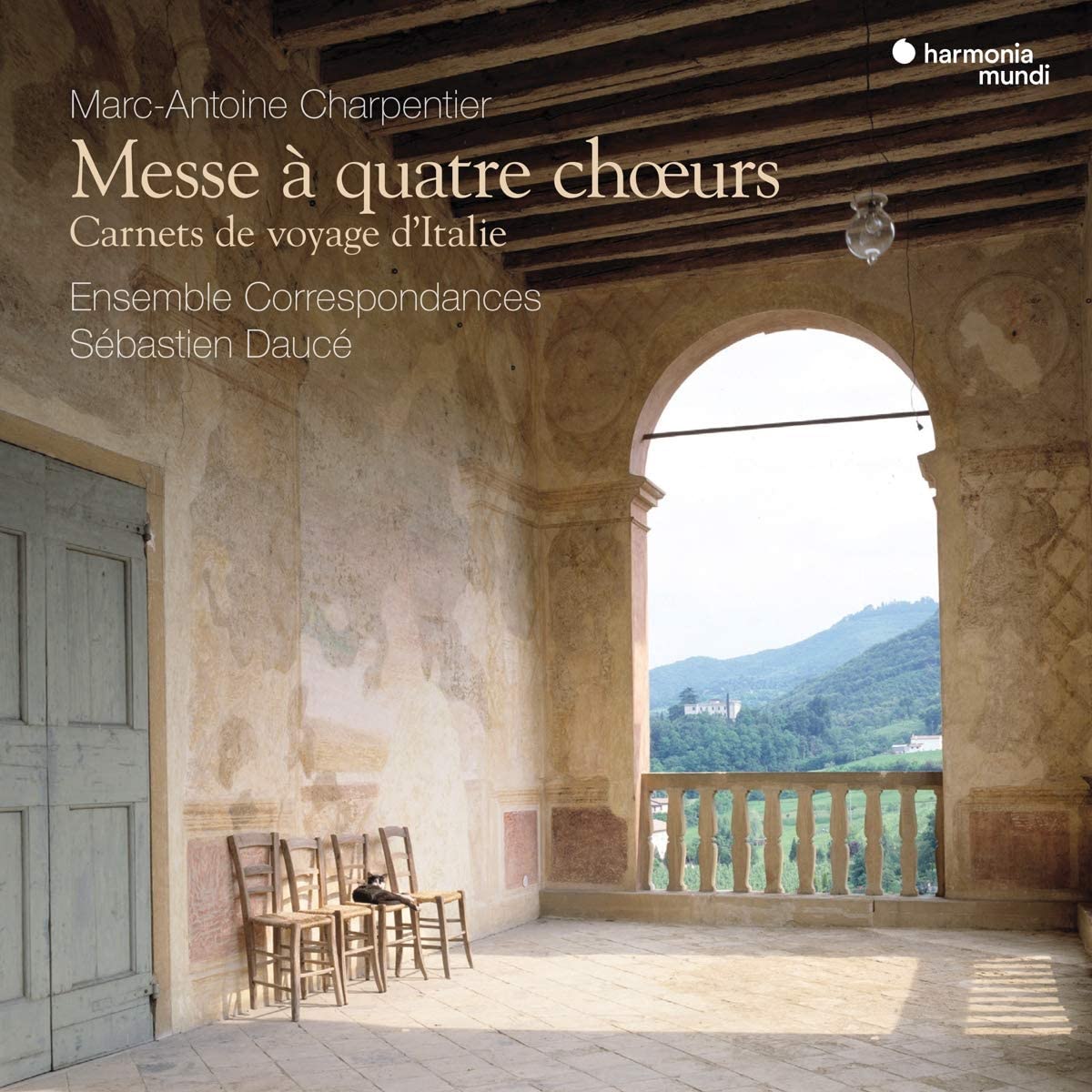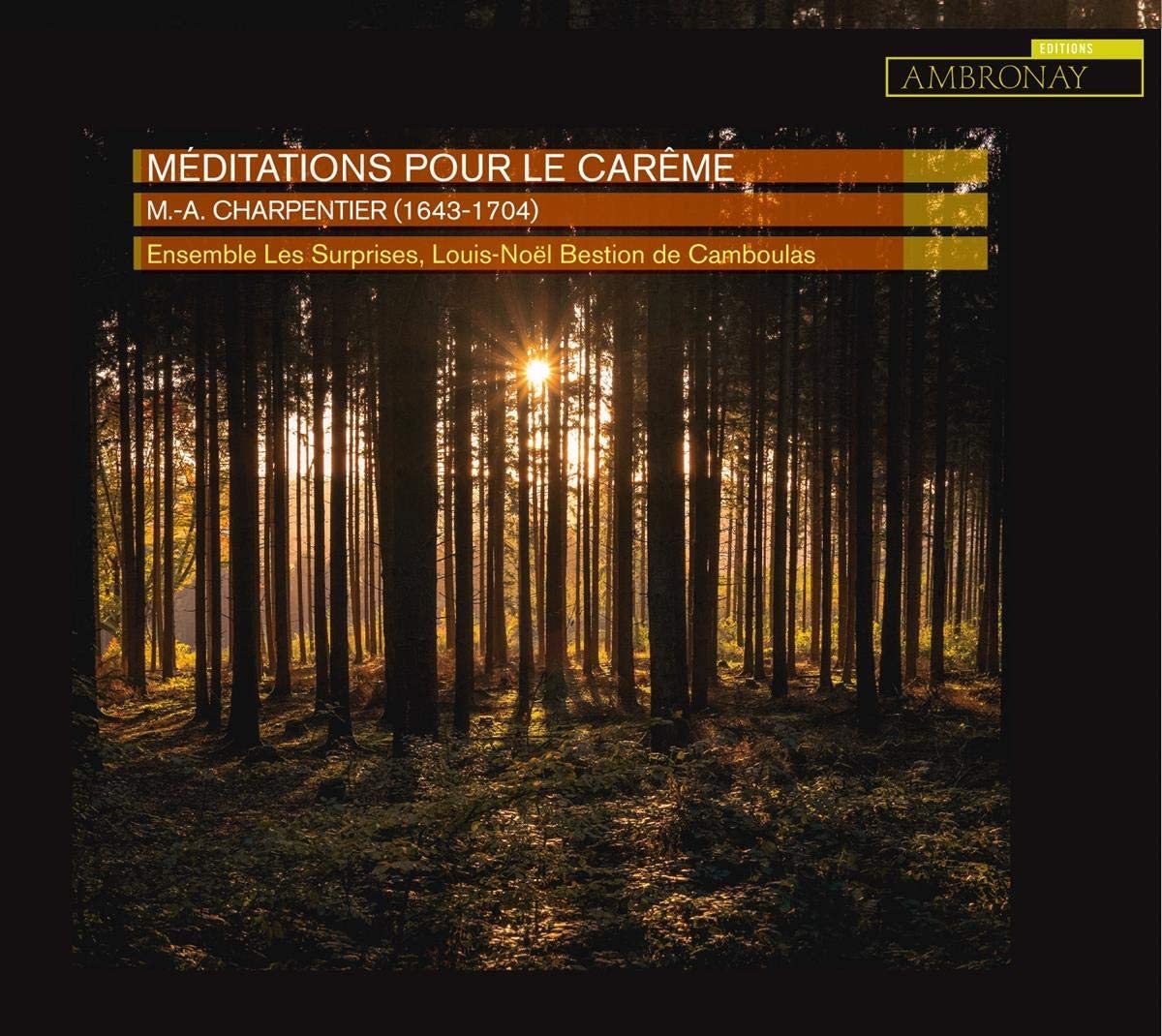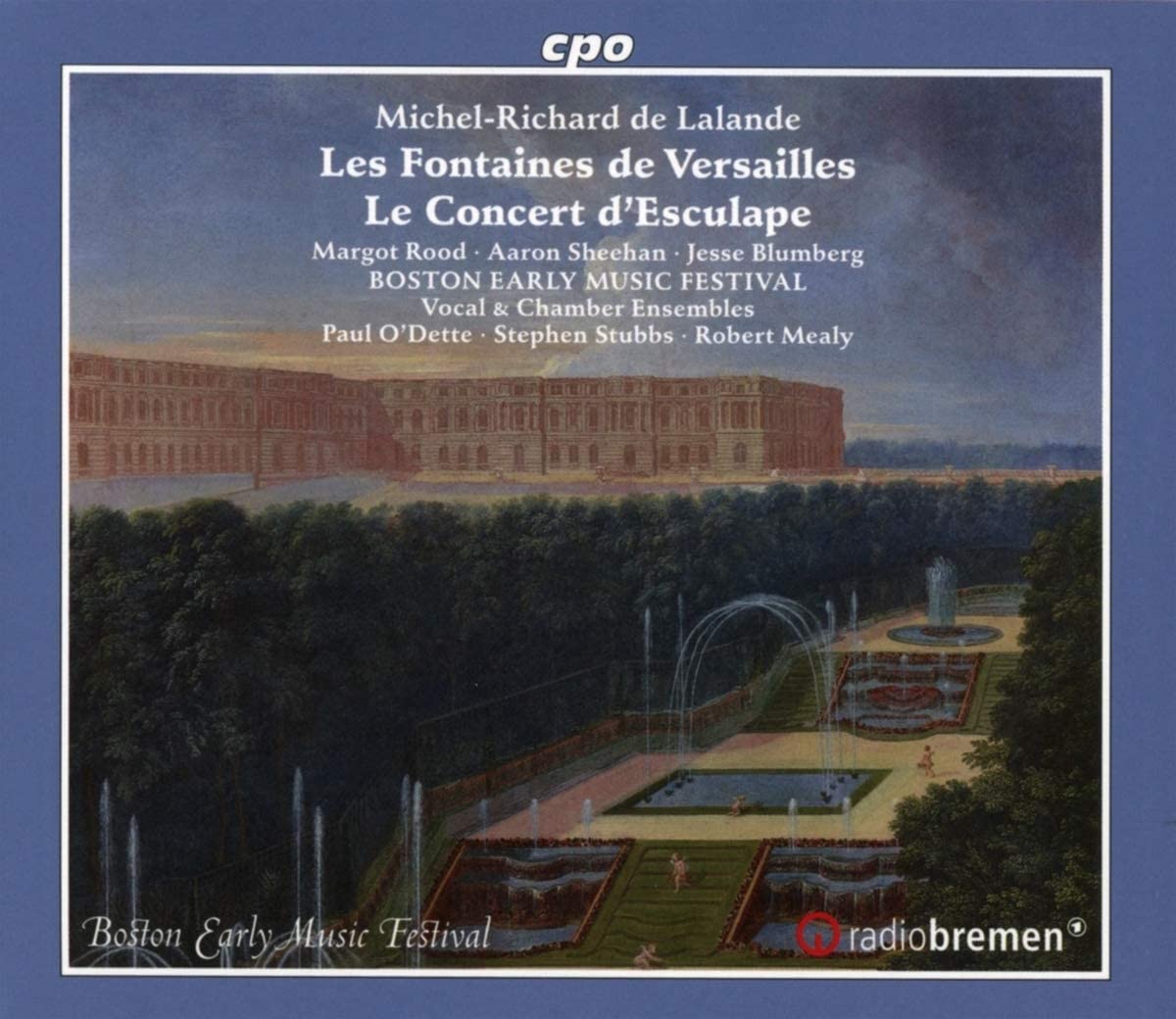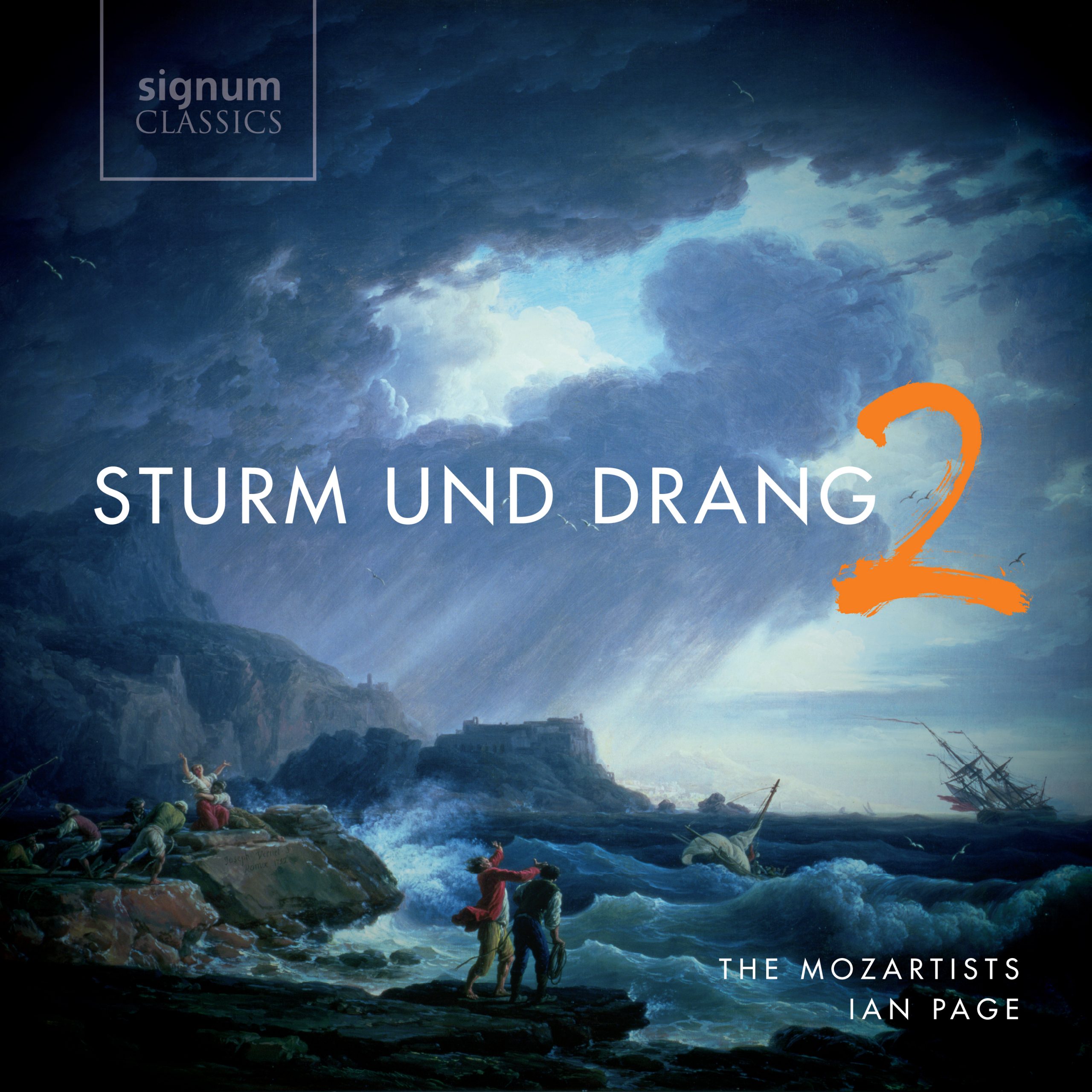Ida Ränslöv mezzo, The Mozartists, Ian Page
71:39
Signum SIGCG 636
Works by Haydn, Gluck, Vanhal, Mysliveček, J. C. Bach
This is the second in a projected series of seven CDs devoted to the so-called ‘Sturm und Drang’ (storm and stress) movement, in fact not a movement at all but an outpouring of passionate, often turbulent emotional outbursts across literature, music and painting primarily between the 1760s and early 1780s. Although the name stems from literature, being particularly associated with Goethe’s Sorrows of Young Werther of 1774, the music associated with it was mostly composed a decade or more earlier. There appear to be no philological links between the literature and the music, Ian Page’s characteristically informative notes suggesting that Sturm und Drang may simply be a reaction against the charm and gentility of the mid-18th century rococo style.
G minor was a key that particularly lent itself to the turbulence of such fierce emotions. The present disc includes particularly fine examples in symphonies by Haydn and J. C. Bach and vocal works by Haydn and Mysliveček.
Haydn’s Symphony No 39 is not only archetypal of the genre, but also the earliest of a group of minor-key Sturm und Drang works (including string quartets and solo keyboard works in addition to symphonies) that form a highly important component of the middle years of his output. It is unusual in its scoring including four horns, a distinction that leads to suggestions that it exerted an influence not only on the minor key symphonies of Vanhal, at least four of which, including d1, are scored for four horns, but also the earlier of Mozart’s G minor symphonies, No 25, K 183, composed in 1773. Incidentally, in my view it is wrong to include Mozart’s great Symphony No 40 in G minor among Sturm und Drang works; its overall sentiment is one of profound universal sadness, tragedy even that goes beyond the stormy, hurtling drama of works of this kind. Equally, Johann Christian Bach’s Symphony in G minor, op 6/6 seems to belong to a less intense side of the genre, placing as its centre of gravity a deeply-felt C minor central movement that opens in the style of an operatic accompagnato before proceeding to a beautifully shaped melody built on ornamental arabesques. The whole symphony is an object lesson for those who think of Bach’s second son as a purveyor of little more than galant pleasantries.
Ian Page’s performances of all three symphonies are exemplary. Outer movements have a tremendous driving force, with fierce chords, highlighted dynamic contrasts – listen to the splendidly judged opening paragraphs of the opening Allegro assai of the Haydn – and fierce tremolandos. Also notable as a feature of the performances is the clarity with which the conductor reveals the contrapuntal detail of passages such as the development of the same movement, the importance given to such writing being one of the characteristic features of Sturm und Drang works. In the slow movements of the Haydn and Vanhal Page finds a lighter touch to reveal necessary respite from the fiery thrust of the outer movements, the pastoral serenity of the splendid Vanhal Andante arioso (with flutes replacing oboes) calling to mind Gluck’s Blessed Spirits. As is his custom, Page includes all marked repeats, especially valuable in the Vanhal, which becomes a far more substantial work than in the performance by Concerto Köln, where the total work clocks in at 14:22 against Page’s 21:49.
As with vol. 1 appropriate vocal works are interspersed with the symphonies. They include two extracts from Gluck’s Paride ed Elena (Vienna, 1770), the affecting aria ‘Fac me vere tecum flere’ from Haydn’s Stabat Mater (1768) and an aria di furia from Mysliveček’s setting of a standard Metastasio warhorse, Semiramide (Bergamo, 1776). They are sung by the young Swedish mezzo Ida Ränslöv, who the biography tells us has already sung a wide range of roles in her capacity as a member of Staatsoper Stuttgart and elsewhere. The voice itself has a lovely quality, displaying a tonal richness and variety of colour that bodes well for her future, though I suspect that might be concentrated on later music. Her interpretations here are satisfactory without showing any truly distinctive features. Ornamentation is extremely sparse and her Italian diction and enunciation suggest little detailed exploration of what lies below the surface of the music. Page gives her excellent support, while it would be wrong to conclude without giving generous recognition of the outstanding orchestral playing throughout.
Sturm und Drang is shaping up to be not only an eminently enjoyable series in its own right but an insightful collection of considerable value. Volume 3 can’t come soon enough!
Brian Robins
